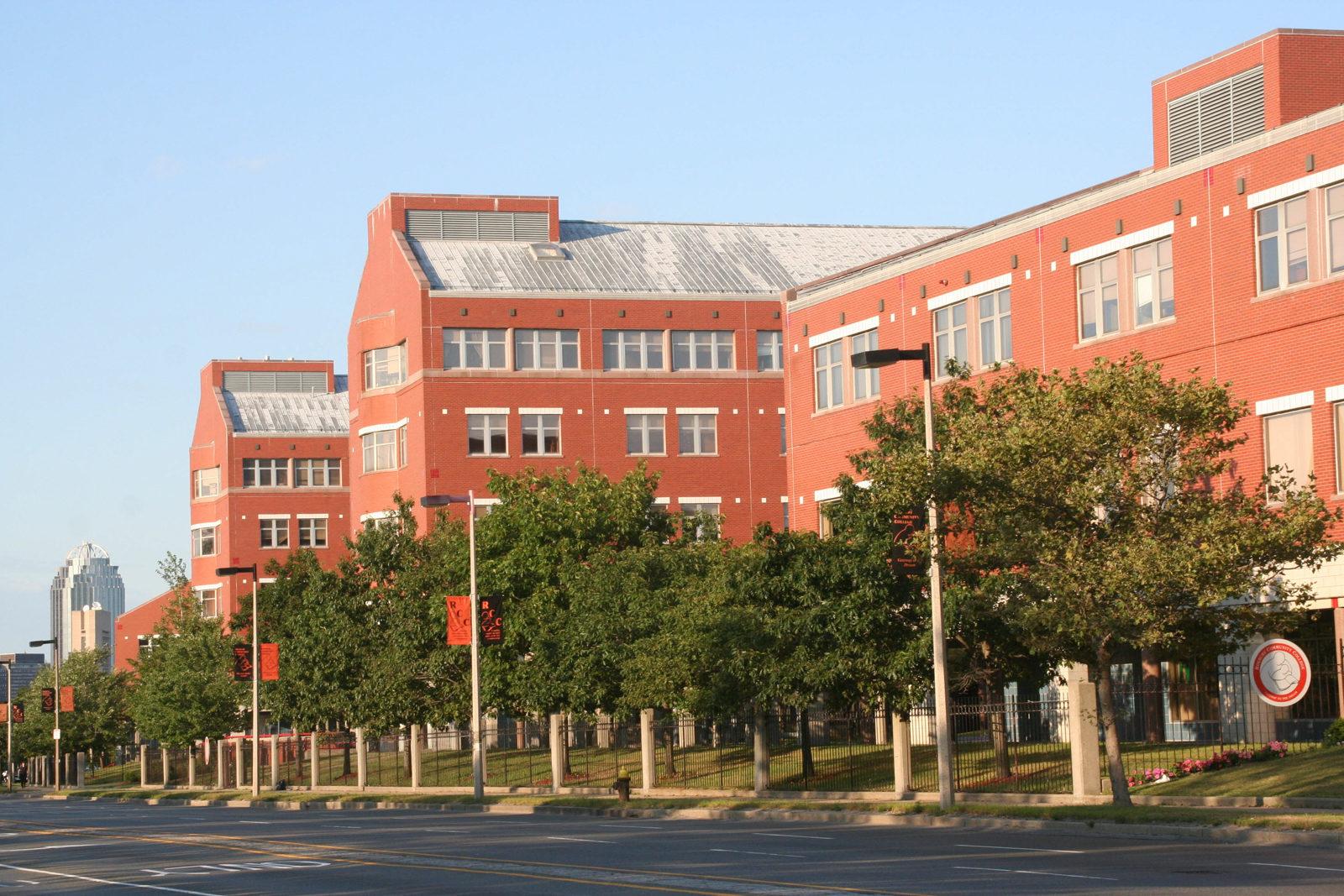People have a perception of community colleges as being “less than.”
Their students are less smart, less driven and less capable than students at four-year colleges. It’s not any hard and fast rule, but it is our general consensus. And these aren’t just ideas we got in our heads one day — they’re in the statistics. Community colleges have higher acceptance rates and lower graduation rates than just about any of their competitors.
And these numbers do a lot to shape the way we perceive schools. Numbers tend to be the best indication we have of a school’s performance. They are incontrovertible evidence. They are unembellished proof. They represent exactly what they say they represent — except when they don’t.
Take graduation rates, for example. That’s not something that should be very hard to calculate. It’s a simple percentage. But depending on the way we do it, we can end up seeing some pretty different results.
Up until about a month ago, we determined graduation rates of colleges in the United States in a very narrow way. We only measured students who were enrolling in college for the first time who were taking a full course load — and we only measured students who graduated within six years. At elite universities where most students easily met these qualifications, this was a reasonable way to do things. But there were a lot of students still graduating college who didn’t meet these qualifications.
As time went on, it became increasingly clear that these measurements were selling community colleges short. In October, the Department of Education changed their standards for determining gradation rates, expanding them to include part-time students and students who aren’t starting college for the first time. The new parameters also extended the time limit for students graduating from six years to eight.
For many community colleges, this change made their graduation rates unrecognizable. The population of community college students in the United States nearly doubled once part-time students were included, and although this should have significantly lowered these rates, instead, the average graduation rate of community colleges surged from 20 percent to 27.
And that’s not to mention transfers. When you include all the students who transfer out of community colleges before they graduate — of whom there are more than 500,000 — that number shoots up to 60 percent.
It’s not about where you start, it’s about where you end up — and community colleges can help people end up exactly where they want to be in a way other colleges cannot. Students can easily save thousands of dollars a semester at community colleges, especially if they’re living at home.
People who get their start at a community college can get accepted into more competitive schools than they were qualified for based on their high school transcripts. Others can get vocational training for fields that don’t require a four year degree at all. Sometimes, community college is just a way for students to take a break from their regular schools for mental health or family reasons while still earning college credit. There are so many ways that community colleges benefit students.
In the face of severely limited resources, community colleges are turning out some seriously impressive results, and they’re not getting nearly enough credit for it.
Maybe it’s because of our inferiority complex from having Harvard and MIT right across the river, but here at Boston University, people tend to look down on schools — like community colleges — that rank lower than we do. But there’s absolutely no reason for that.
The way we perceive community college is a gross overgeneralization. Our opinions are based partly off of experience, but largely off of statistics — and these statistics just aren’t telling the whole story.






















































































































